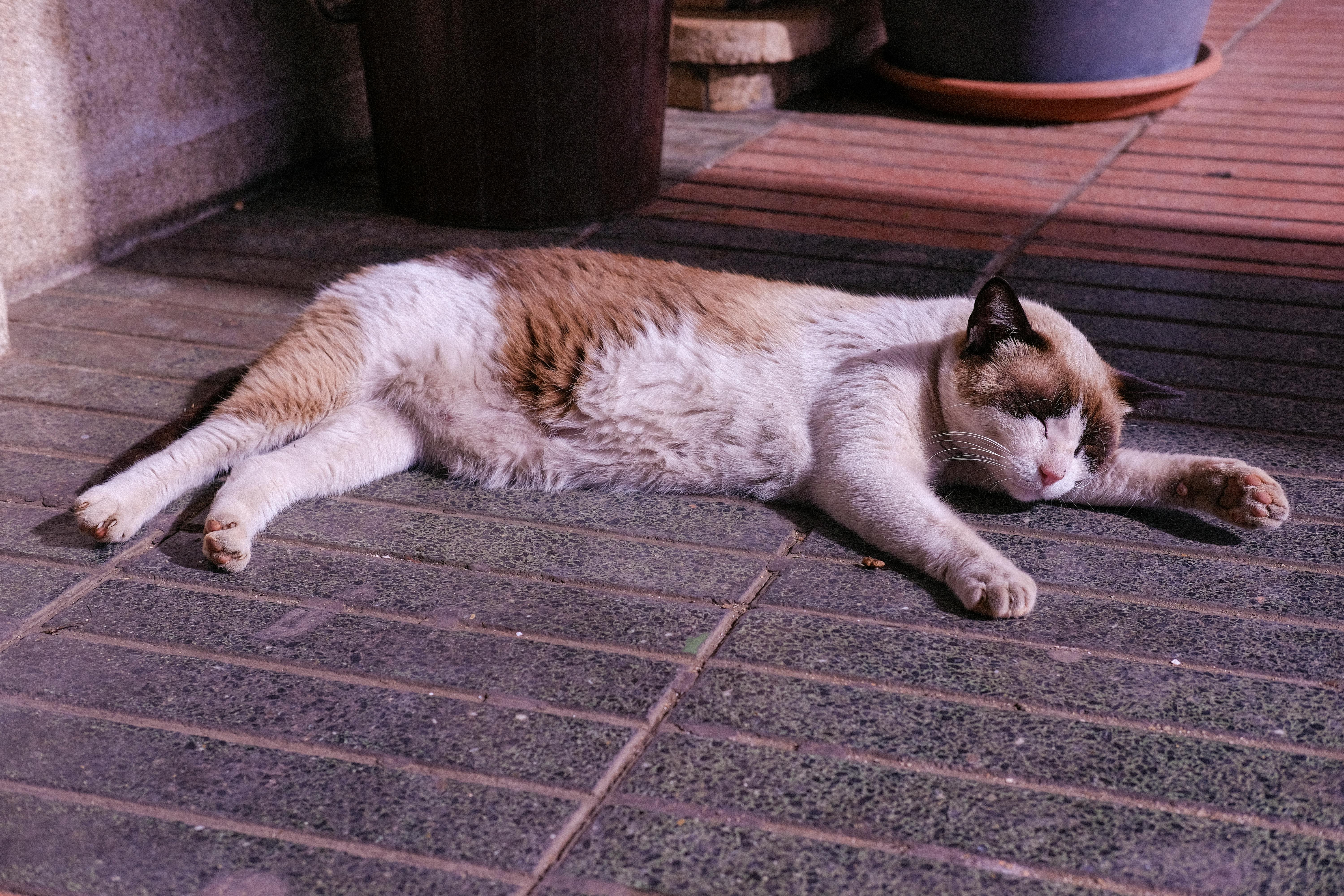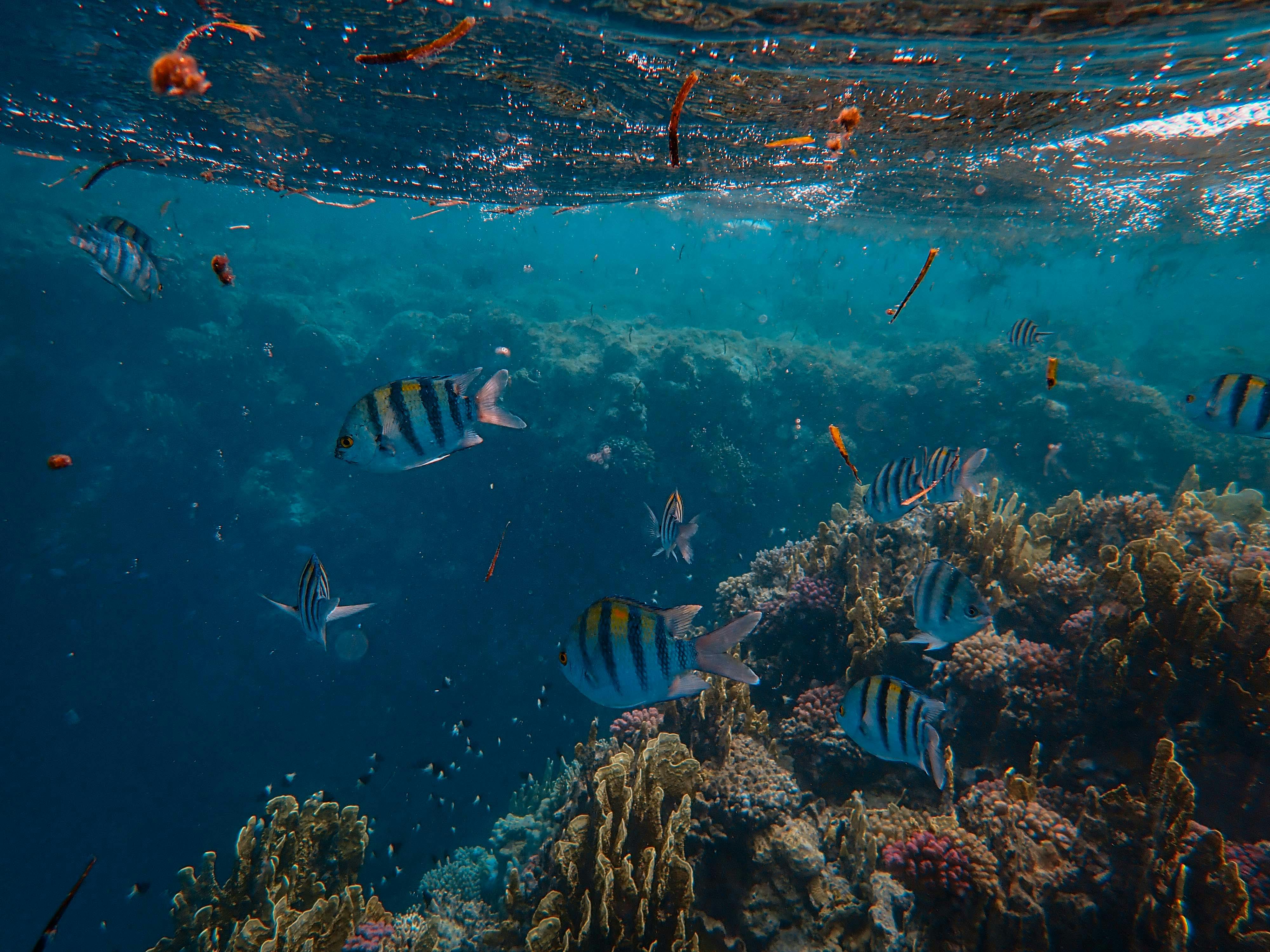Effective Ways to Care for Neon and Ember Tetras in 2025

Apply Now


Effective Ways to Care for Neon and Ember Tetras in 2025
Understanding Neon Tetra and Ember Tetra Characteristics
Neon tetras and ember tetras are among the most popular choices for aquarium enthusiasts, particularly for beginners. Neon tetras, identified by their vibrant blue and red stripes, can add significant visual appeal to a freshwater tank. They are peaceful and thrive in schools, making them excellent community tank fish. On the other hand, ember tetras are slightly smaller, characterized by their bright orange coloration, which adds a warm touch to any aquatic environment. Both these small fish species are known for their tranquil nature, contributing to a harmonious tank atmosphere. Understanding their respective characteristics is essential for providing optimal care. The behavior of neon and ember tetras revolves around transparency and a community-centric lifestyle. These schooling fish prefer to congregate in groups of six or more, which helps to reduce stress and enhance their happiness. Observing their interactions can offer insights into their health and well-being, allowing aquarists to make necessary adjustments in care routines, such as feeding and tank environment management.Setting Up Your Aquarium for Tetras
Creating the right environment is vital for ensuring the well-being of neon and ember tetras. When setting up a tank, consider the tank size; a minimum of 10 gallons is recommended for a small school of these tetras. Adequate space prevents territorial disputes, allowing the fish to swim freely and feel secure. Aquarium setup should include soft, subdued lighting that mimics their natural habitat, as both species originate from densely vegetated streams. Including attractive plant life, such as Java moss or other aquatic plants that provide cover, will help the tetras feel at home. Tank furniture should also be incorporated to create hiding spots and reduce stress, enriching their environment and enhancing their natural behaviors. Maintaining a clean and stable aquarium is crucial. Regular water quality testing helps in monitoring parameters like pH and ammonia levels, which should be kept stable to promote a healthy habitat for your neon and ember tetras.Optimal Water Conditions for Tetras
Tetras thrive in specific water parameters that mimic their natural habitat. Maintaining the right water temperature is critical; for both neon and ember tetras, aim for a range of 74°F to 78°F. Additionally, soft and slightly acidic to neutral water pH (between 6.0 and 7.0) is essential for their health and longevity. It is imperative to have effective water filtration, as tetras are sensitive to water quality. Utilizing tank filtration systems that provide adequate flow while ensuring low turbulence will keep the environment stable. Regular water changes—around 20% weekly—can significantly improve water quality and contribute to the overall health of your fish. Aquarium enthusiasts should also be mindful of potential diseases that can affect tetras. Keeping a close eye on fish behavior can help identify stress or illness early, allowing for timely treatment.Feeding and Nutrition for Neon and Ember Tetras
Feeding neon and ember tetras a balanced diet is crucial for their growth and health. Both species benefit from a varied diet that includes high-quality flakes, micro-pellets, and occasional live or frozen foods, such as brine shrimp or daphnia. It's essential to observe feeding frequency; a good rule of thumb is to feed them small amounts two to three times per day, only what they can consume in a few minutes. Monitoring fish feeding habits can reveal a great deal about their health. If your tetras start refusing food, it may indicate stress or an underlying health issue. It's important to ensure that food particles are not left uneaten in the tank, as they can lead to water quality issues. The nutritional needs of tetras can vary throughout their lifecycle, especially if breeding; in this case, incorporating specialized breeding foods may encourage healthy reproduction and enhance the survival rate of fry.Compatibility with Other Fish Species
When considering a community tank, understanding fish compatibility is vital. Neon and ember tetras are known to be peaceful and tend to coexist well with other small, non-aggressive fish species. Ideal tank mates include guppies, rasboras, and small catfish. It's crucial to avoid larger or more aggressive species that could stress or prey on your tetras. Consideration should also be given to the school size of your tetras. A minimum group of six or more tetras will minimize stress and encourage natural schooling behaviors. If you’re adding new fish to your tank, observing their interactions during the introduction phase can help gauge compatibility. It's essential to maintain biodiversity in tanks as a healthy balance contributes to the overall stability of the aquatic environment. As you select fish for your community tank, leveraging community fish selection resources can help streamline this process.Breeding Tetras: A Guide for Enthusiasts
Creating a Breeding-Friendly Environment
Breeding neon and ember tetras can be an exciting endeavor for hobbyists. To successfully breed these fish, a dedicated breeding tank with soft substrate and aquatic plants is essential. This setup mimics their natural breeding environments, providing necessary cover for the eggs. When encouraging breeding, water temperature and quality have significant roles. Raising the water temperature slightly can stimulate the tetras, signaling that conditions are optimal for reproduction. Ensuring clean, well-filtered water will help bolster their health and enhance fertility. Another critical aspect is timing the breeding pairs. Observing the males' and females' courting behaviors can guide the selection of healthy pairs for breeding. Once the female is ready, she can produce dozens of eggs, which should be carefully removed after spawning to prevent parents from consuming them.Feeding Breeding Tetras and Fry
Providing a nutritious diet is particularly important for breeding tetras. Supplementing their food with protein-rich options will help improve embryo viability. Once the fry hatch, they require infusoria or specialized fry food to grow strong and healthy quickly. Keeping a keen eye on water chemistry is crucial during this breeding phase; any fluctuations in parameters can have detrimental effects on the fry. Regular maintenance of the breeding tank ensures a stable environment that supports both the parents and the fry.Common Challenges in Tetra Breeding
Despite the excitement of breeding tetras, challenges may arise. One common issue includes egg fertilization failure, often caused by poor water quality or stress among the breeding pair. Maintaining optimal conditions and ensuring that both parents are in good health can mitigate this risk. Monitoring the fry for signs of development is vital. Sometimes, fry may not thrive due to overcrowding or competition for food. Introducing more aquatic plants can provide hiding places, bolstering their chances for survival. Finally, be prepared for potential fish diseases that can affect both adults and fry. Keeping medications on hand and proactively monitoring for symptoms can allow for timely interventions.
Maintaining Tetras’ Health and Well-Being
Regular Health Checks and Monitoring
To ensure a thriving aquarium, regular health checks are integral. Observing your fish daily for changes in behavior or appearance can help catch potential problems early. Changes in swimming patterns or a drop in appetite can be signs of distress. Monitoring water temperature and quality is also crucial for maintaining fish health. Regular water quality testing will provide insights into necessary adjustments that can prevent stress in your tetras. Keeping a record of your fish tank’s water parameters and any health issues can help you manage your aquatic environment more effectively. This practice can be especially beneficial for hobbyist aquarists looking to expand their knowledge.Dealing with Common Fish Diseases
Tetras can be susceptible to various diseases, from fin rot to ich, which can be detrimental if not addressed promptly. Maintaining a clean environment, with proper filtration and regular water changes, can reduce the risk of disease significantly. In cases of illness, there are numerous fish medications available that can help treat common problems. Consulting with a veterinarian who specializes in aquatic species can provide additional insights and recommendations tailored to your specific situation. Hobbyists should also familiarize themselves with disease prevention strategies to ensure that their tank remains vibrant and healthy. Strengthening the immune systems of your fish through a balanced diet is an excellent proactive approach.Signs of Healthy Tetras
Healthy neon and ember tetras exhibit active swimming behaviors, bright coloration, and a healthy appetite. Monitoring these characteristics can help you assess their overall well-being. A vibrant tank filled with healthy fish contributes to the aesthetic appeal and biodiversity of your aquarium. Creating an environment that supports both the physical and mental health of your tetras will promote longevity and happiness. By focusing on proper care and consistent monitoring, you can cultivate a thriving community tank for these delightful fish.